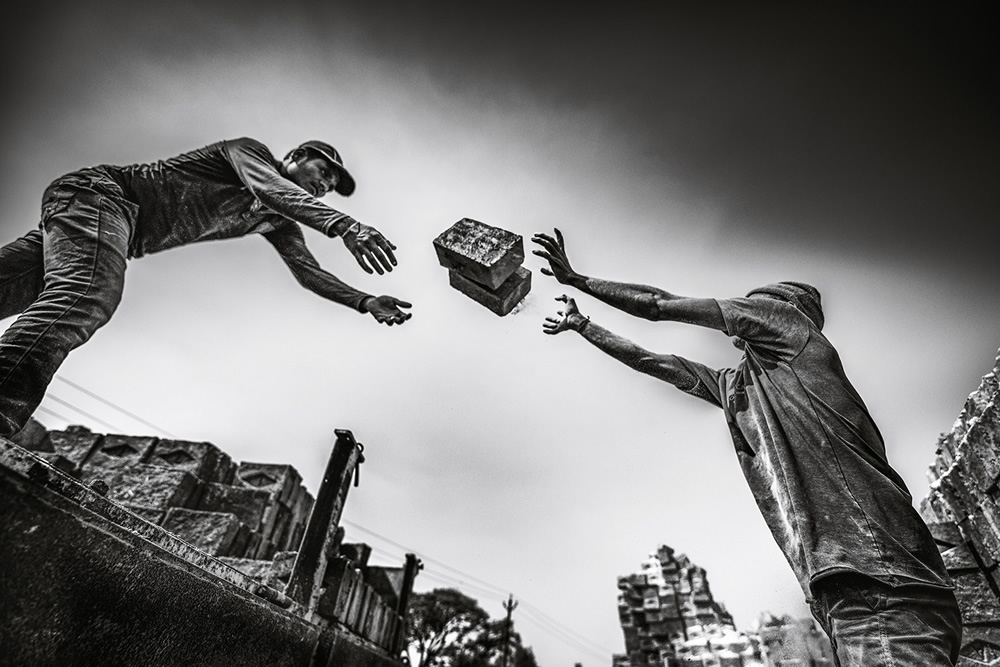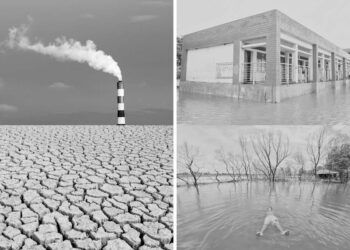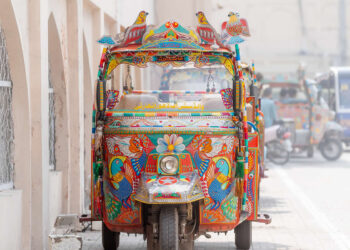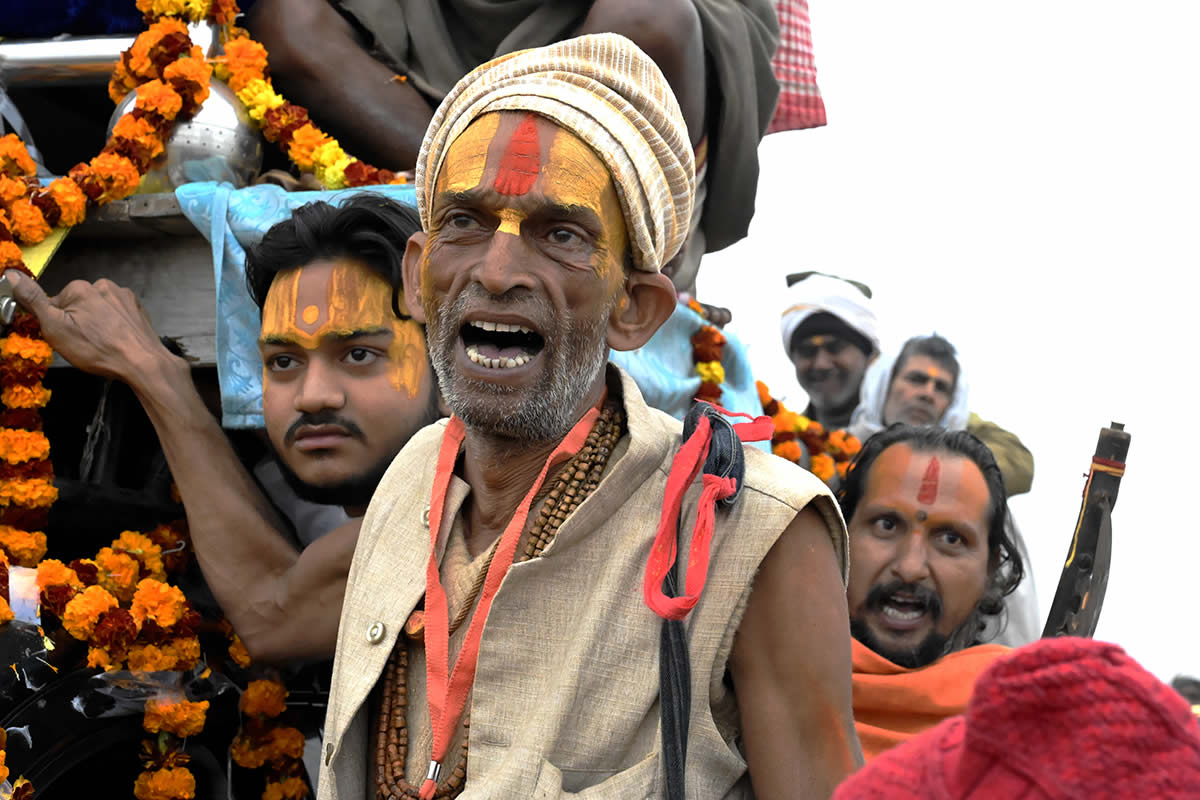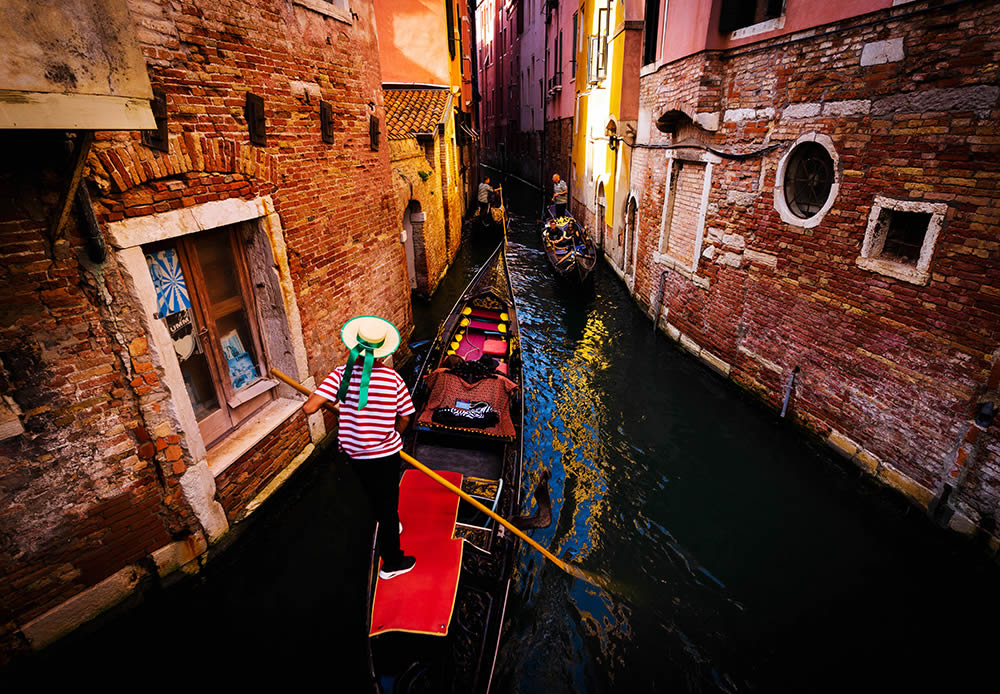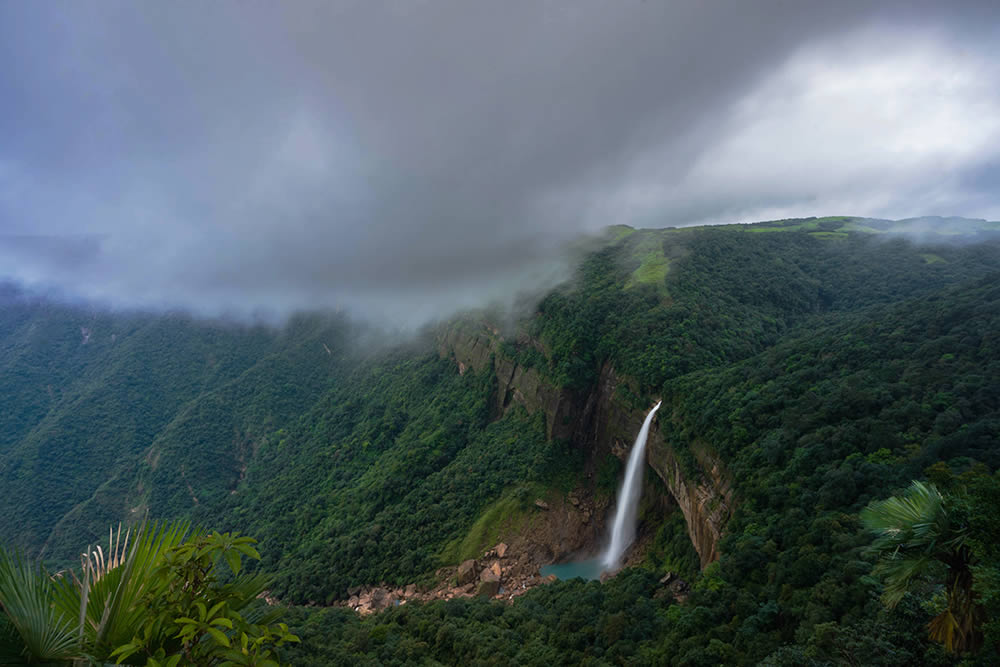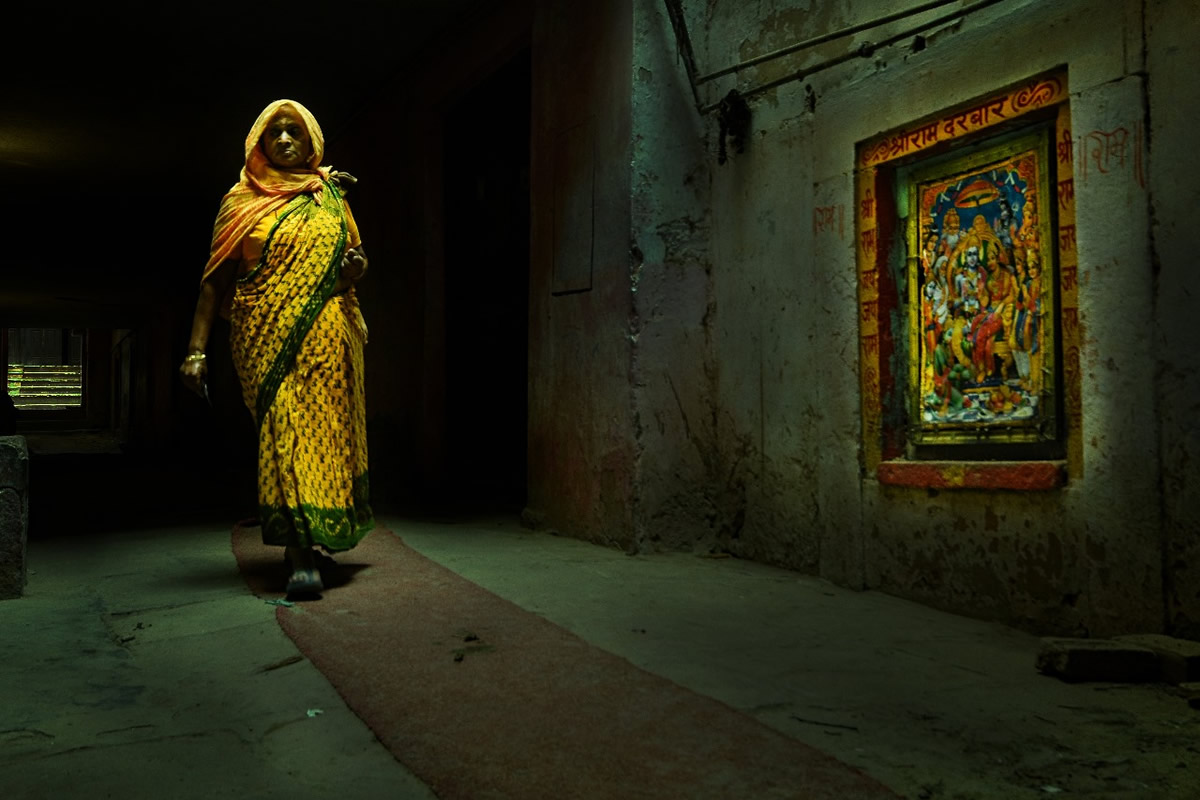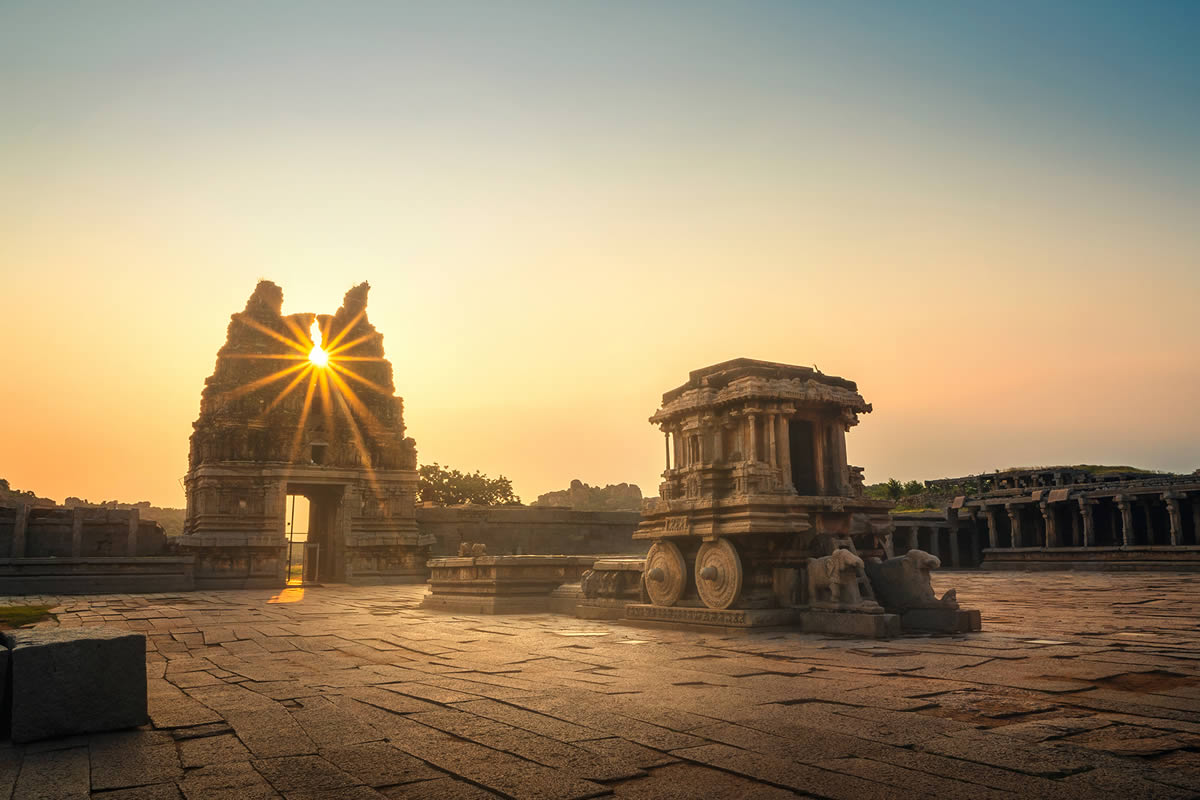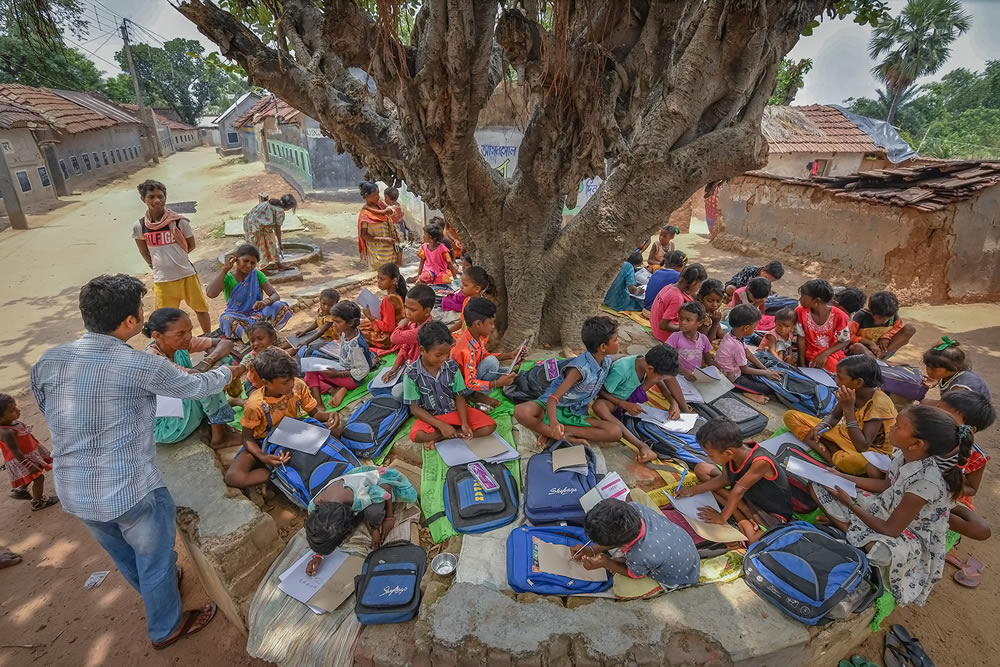When we hear the words brick-kiln, a really dull life materializes in front of our eyes. Thinking of their life, we see the people putting in hard work to make innumerable such bricks in tattered clothes surviving their families including their little children. In the prime of their childhood, these children have no choice but to help their family with their work.
The kilns are usually active during the months of November to May. The workers are mainly from the state of Karnataka from regions where there is a scarcity of water. Hence, they work along with their families for 8 months on brick kilns to earn for a living and go back to their hometowns in Karnataka during the rainy season and start farming. I am currently studying these kiln workers and their way of life. I have found that they are culturally rich, kind in their behavior and follow a certain diet to sustain themselves. The children in these families miss out on some very important things in their life like education or other provisions that modern-day children thrive on, hence whenever I visit these kilns, I try to spend as much time as I can with these children by talking to them, working with them and playing with them as well as going out for a swim with them.
Sometimes I also take these underprivileged children to watch movies because I feel like doing everything in my power to ensure that they have a good time in this scattered phase of their life which is childhood. Ultimately however I try, I cannot escape the fact that most of their fate has hard work and disdain present in it.
As a photographer, I feel obligated in such situations to show the world the predicament of these
workers and their families because I can imagine and feel their pain when I stay so close to them. We cannot forget this marginalized section of our society which is responsible for the uprising of all the villages and cities around us. The bricks that are made from the hands of adults, as well as children, are used to build our cities in the forms of buildings, societies and any other kinds of constructions. It is important for us to value them and respect them as we are living comfortably because of them.

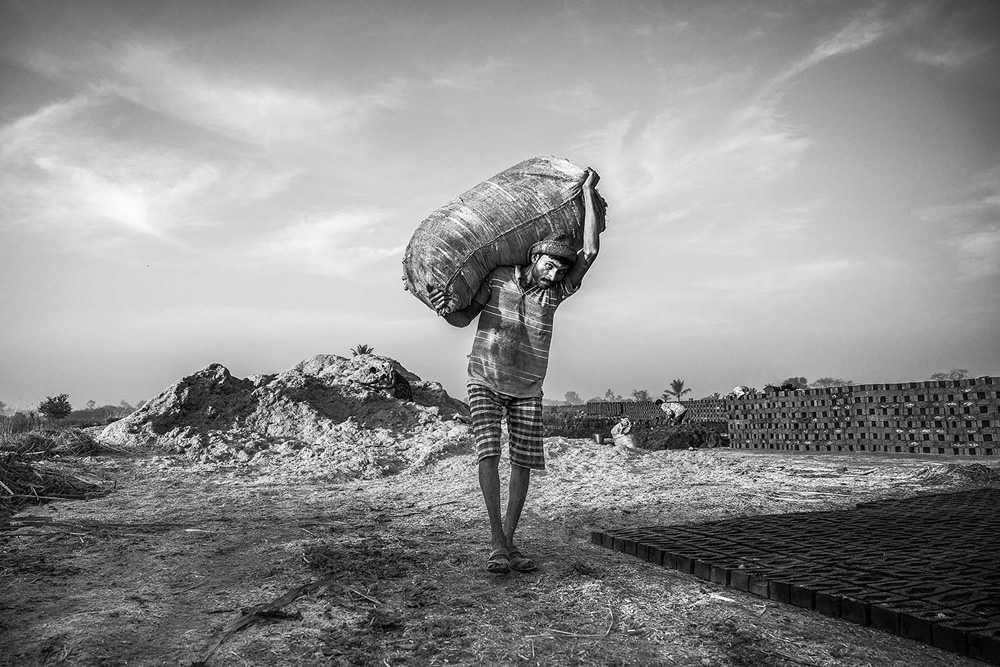
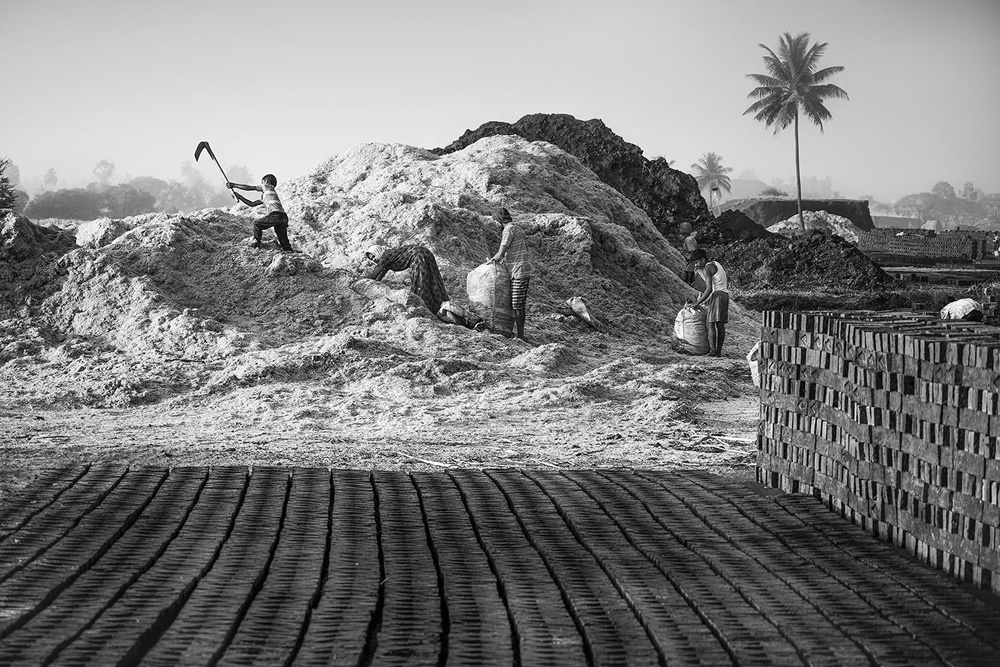
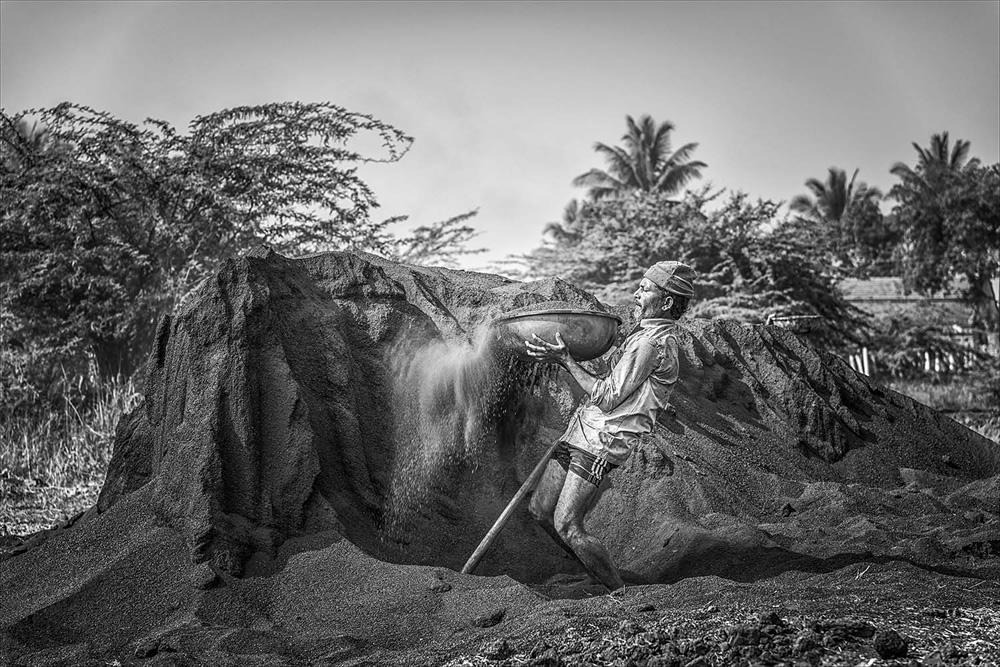
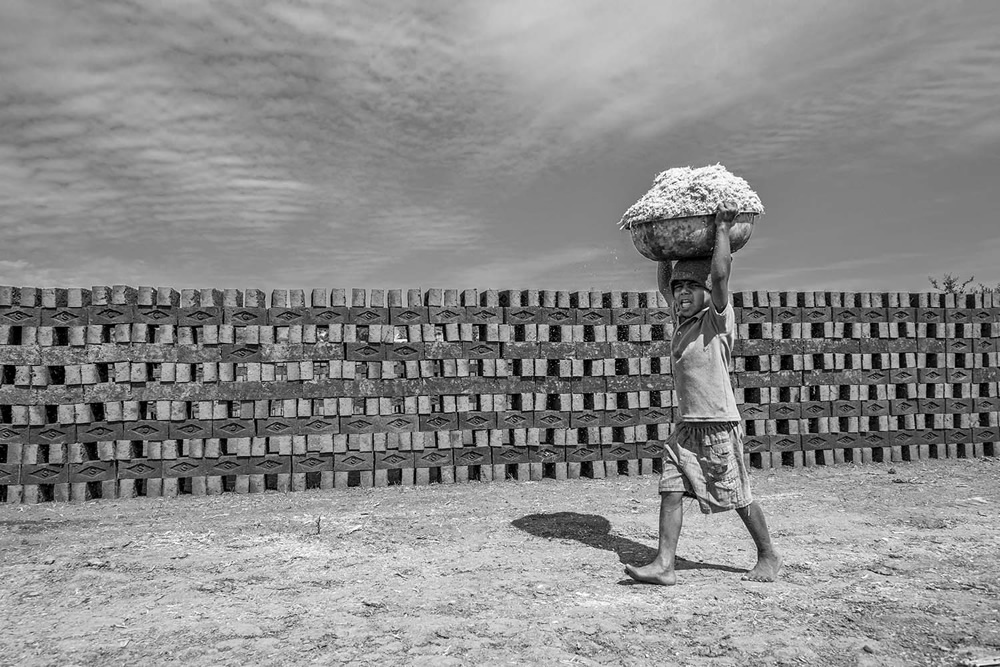
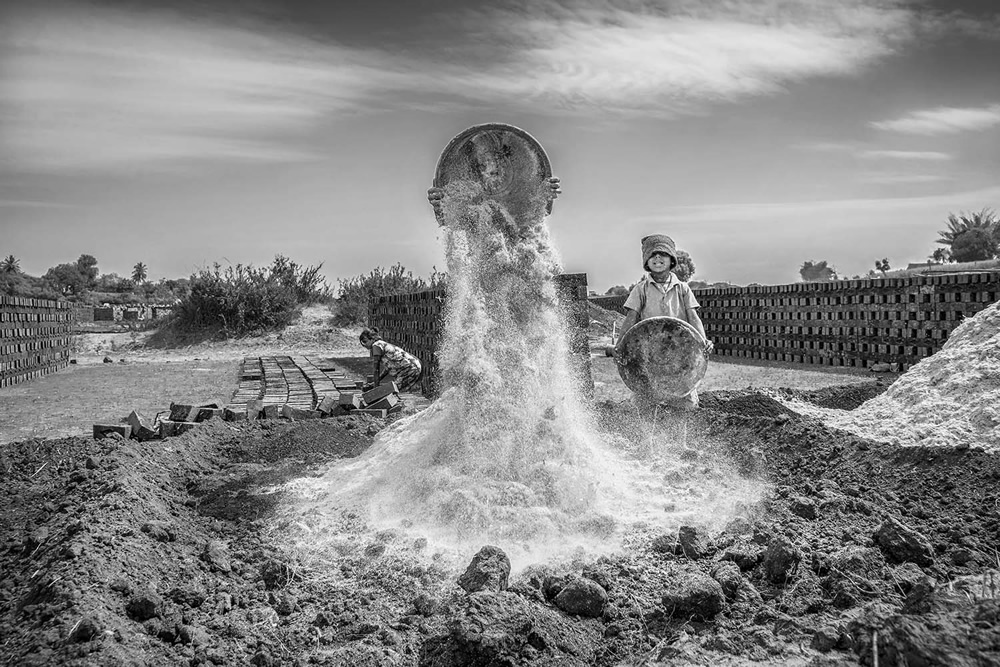
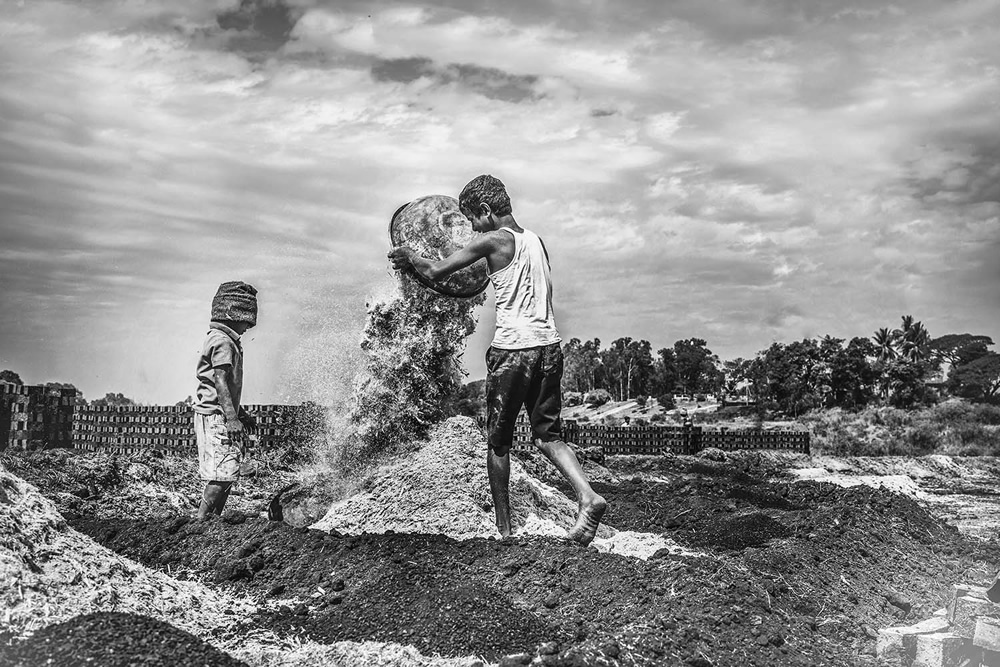
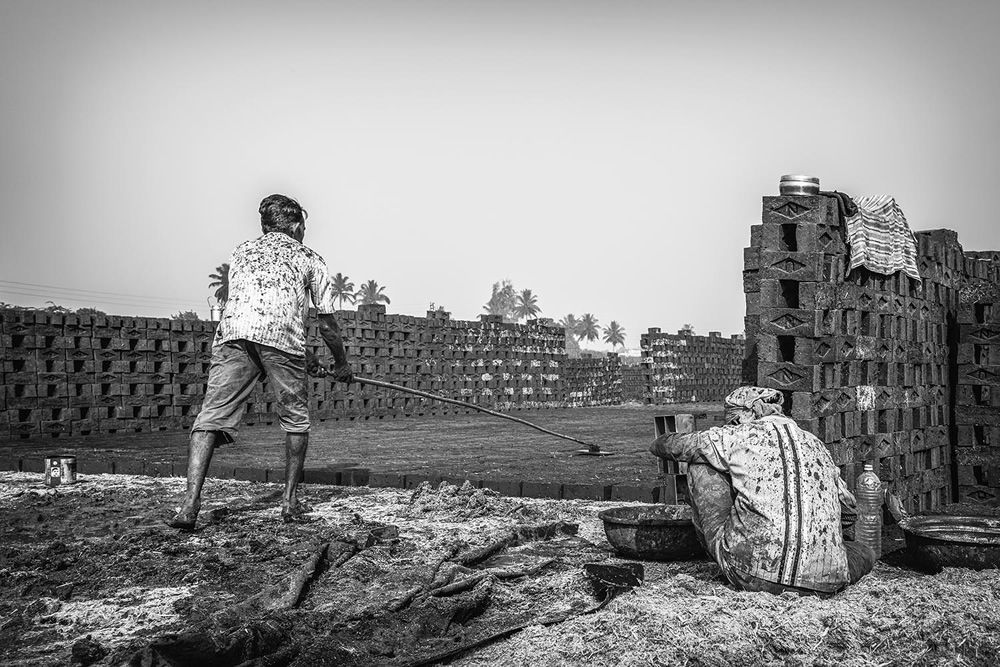
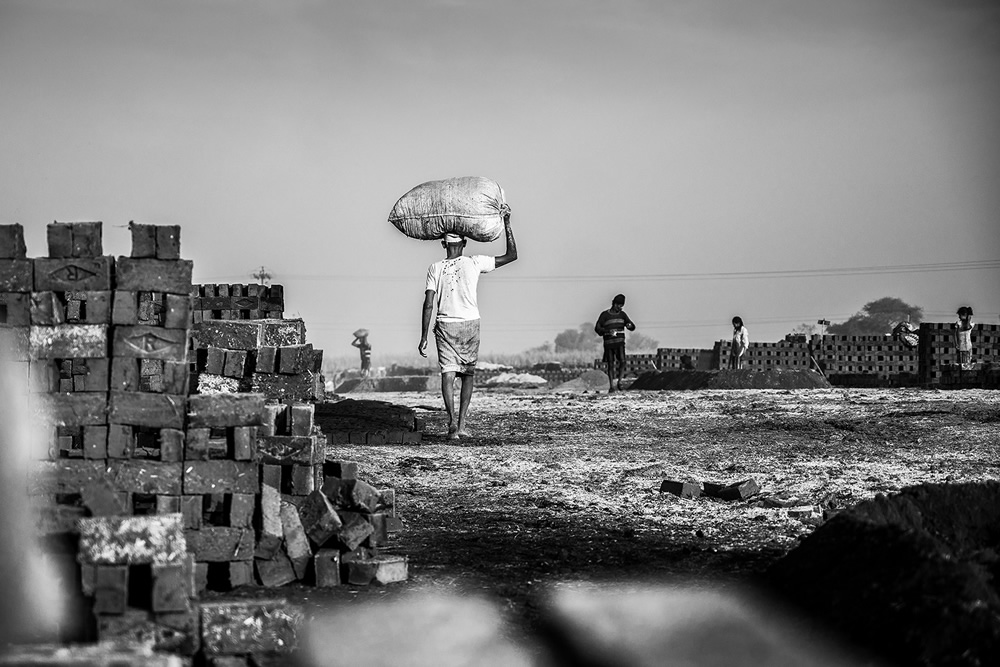
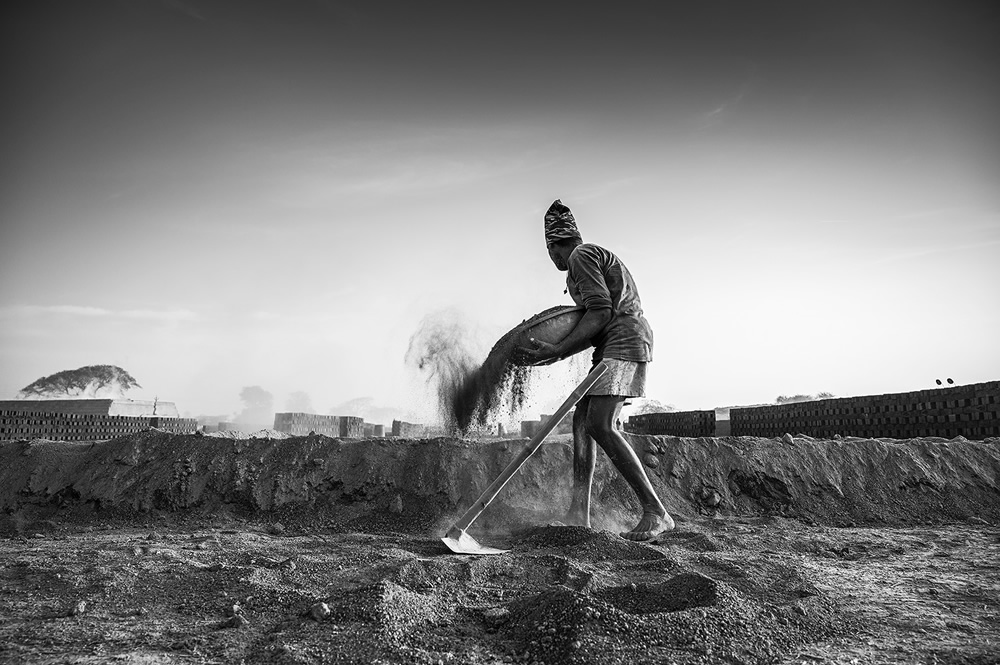
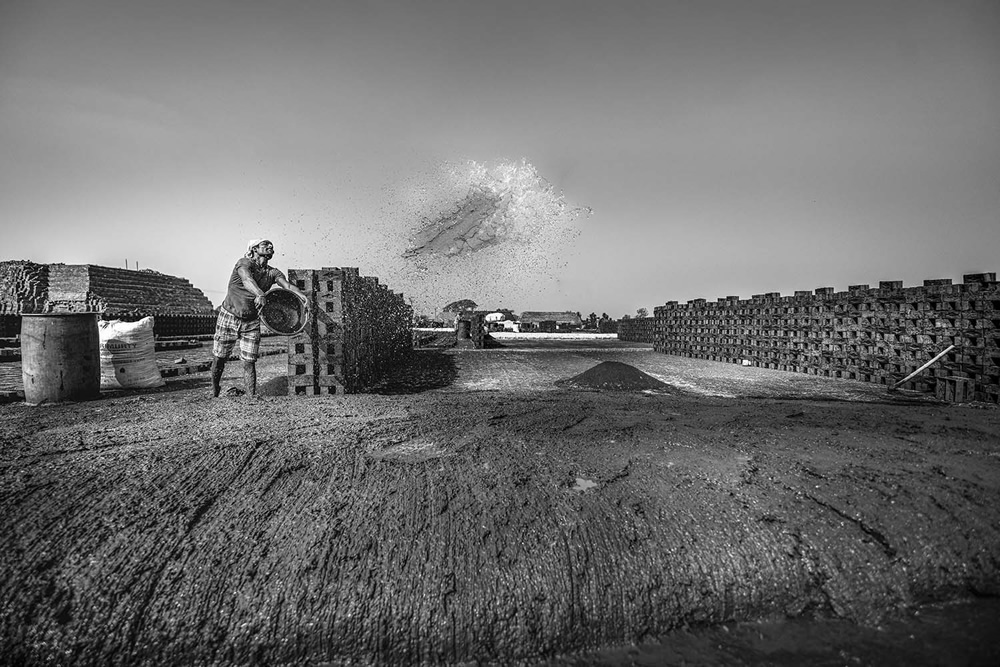
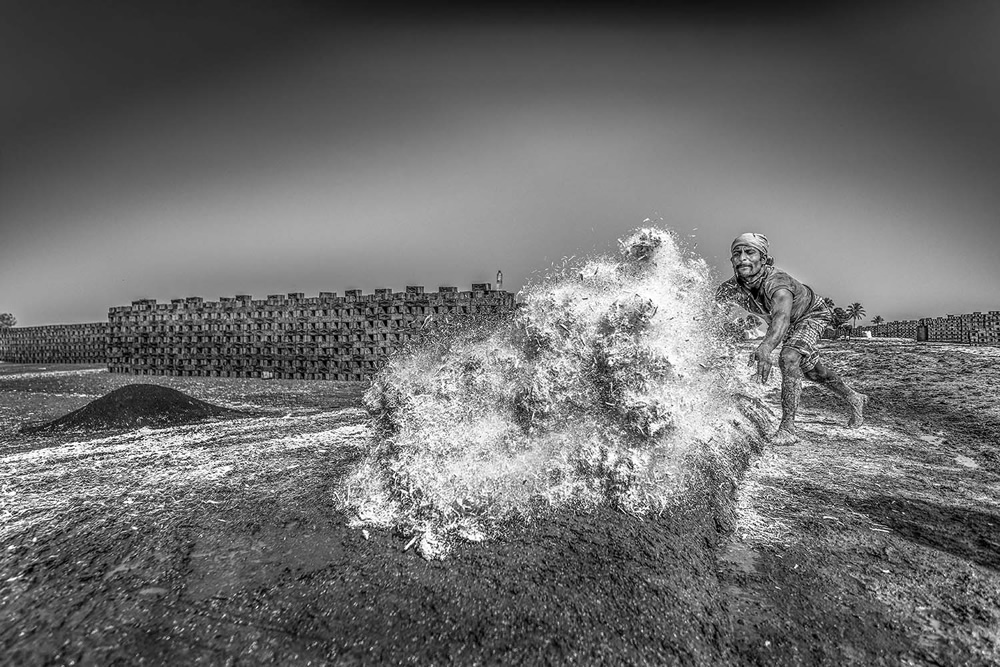
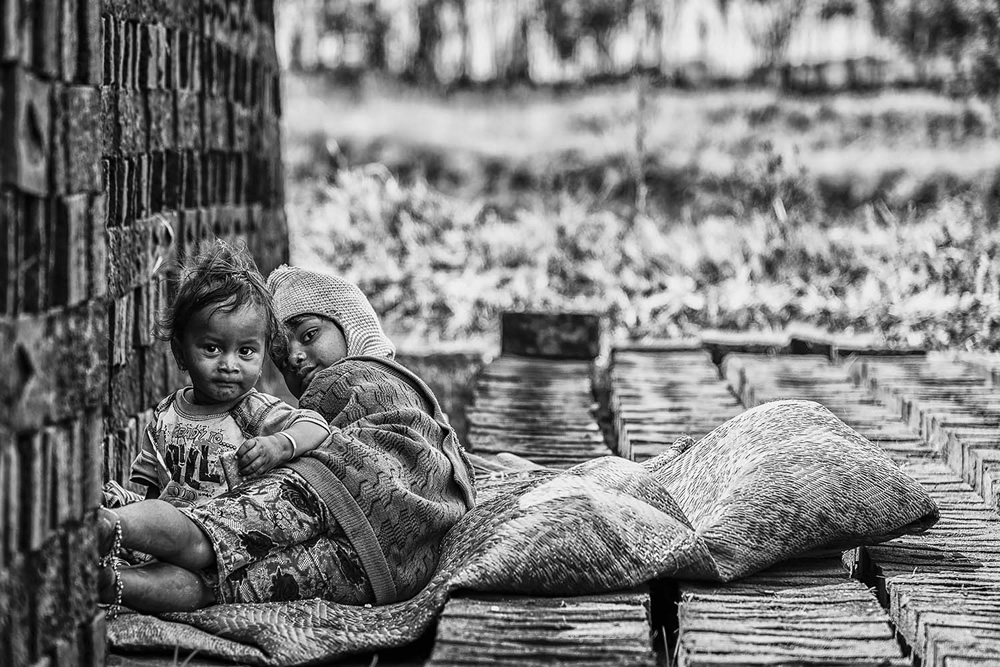
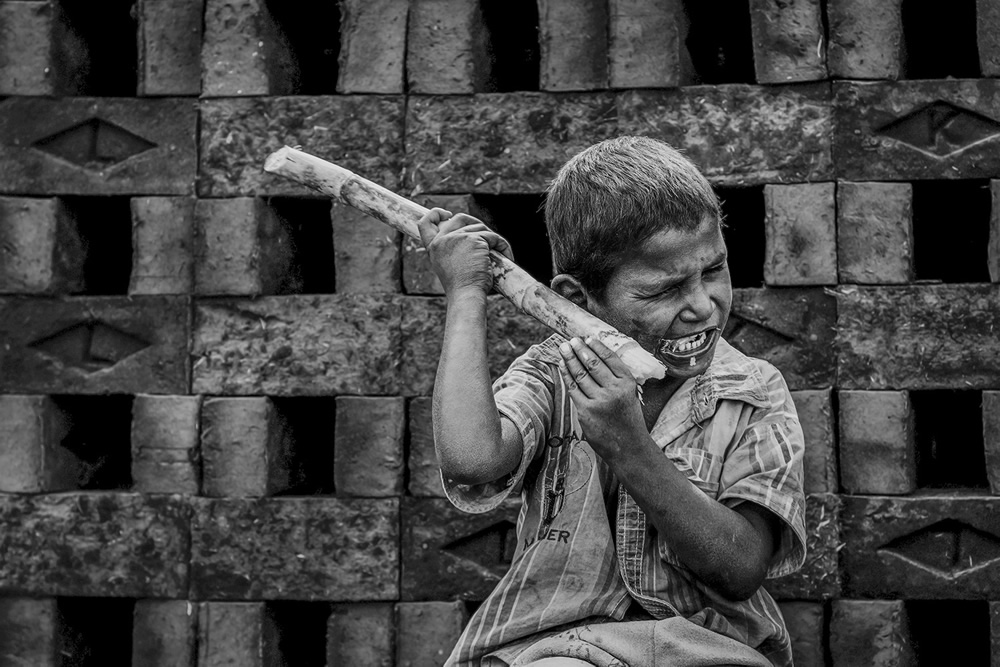
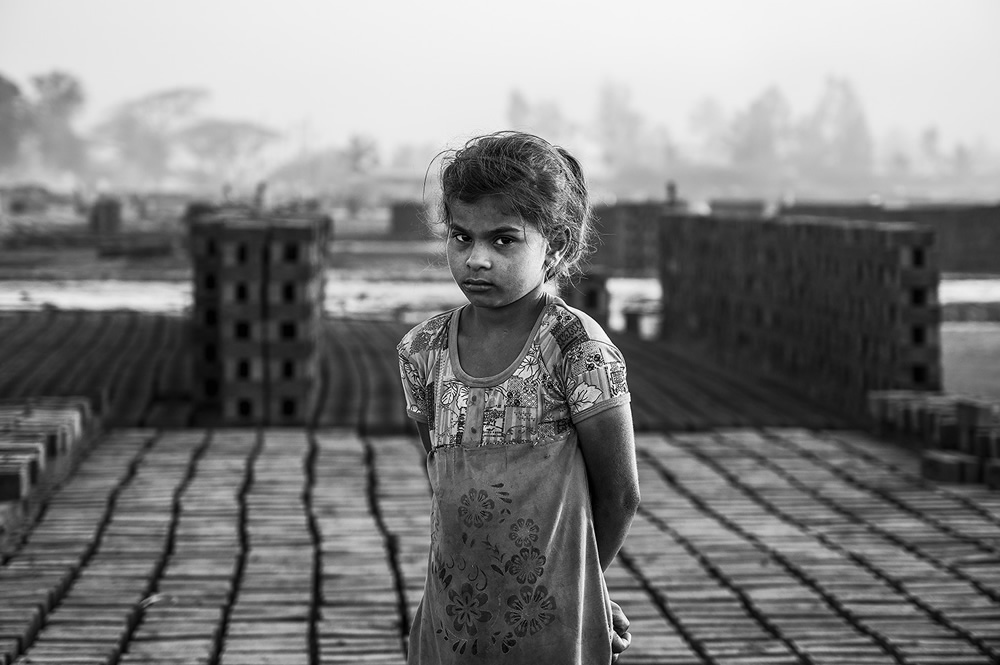
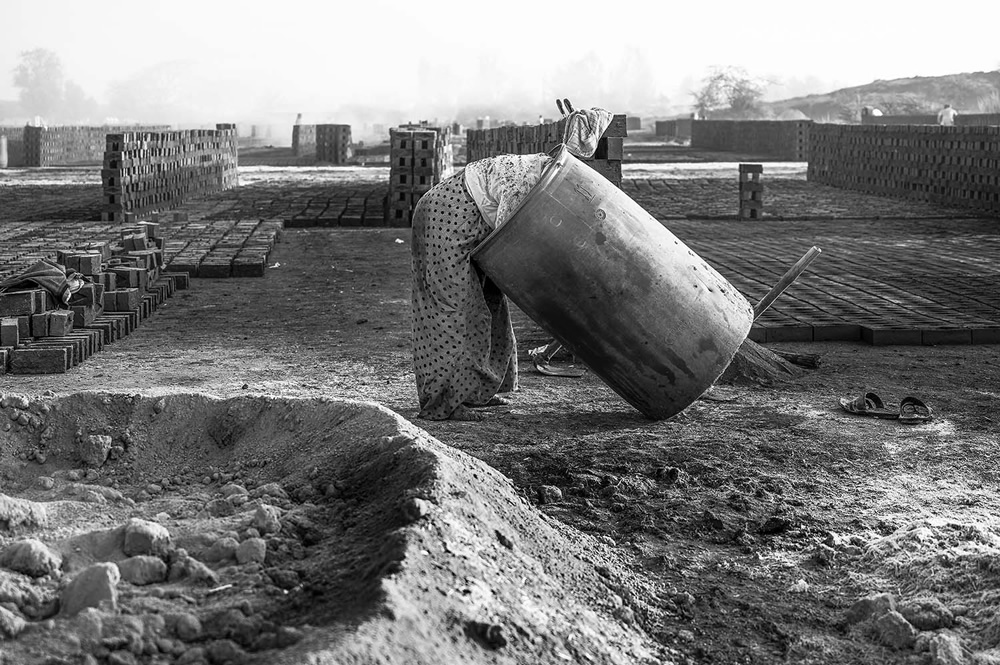
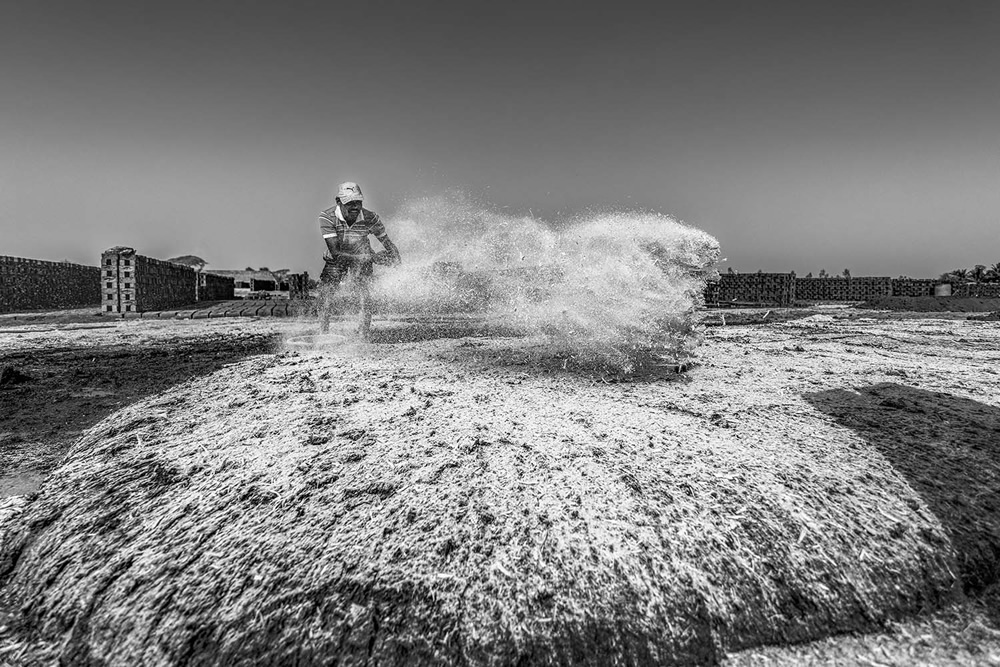
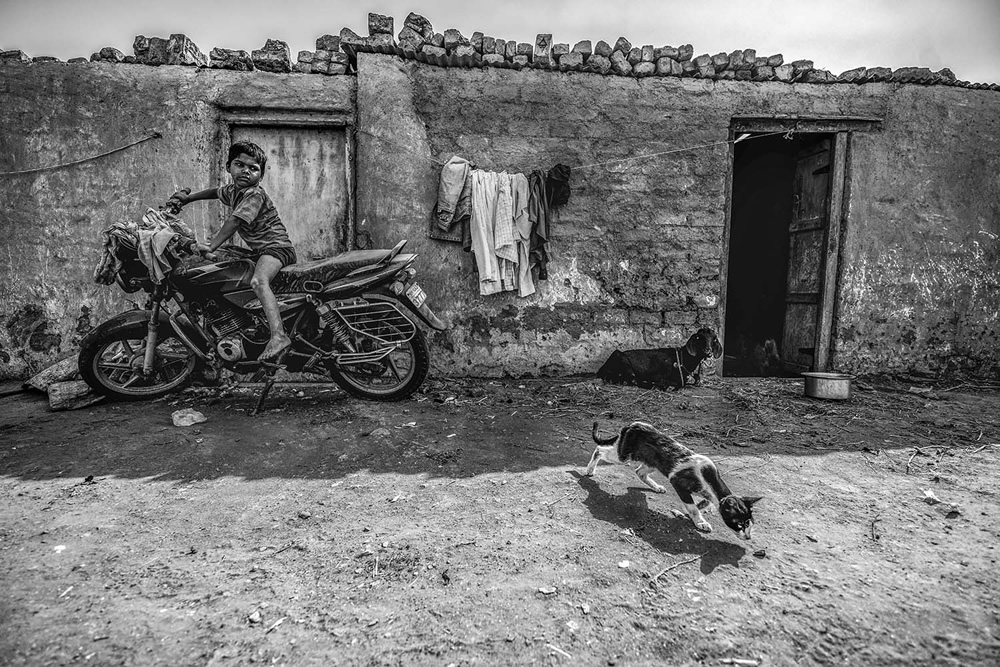
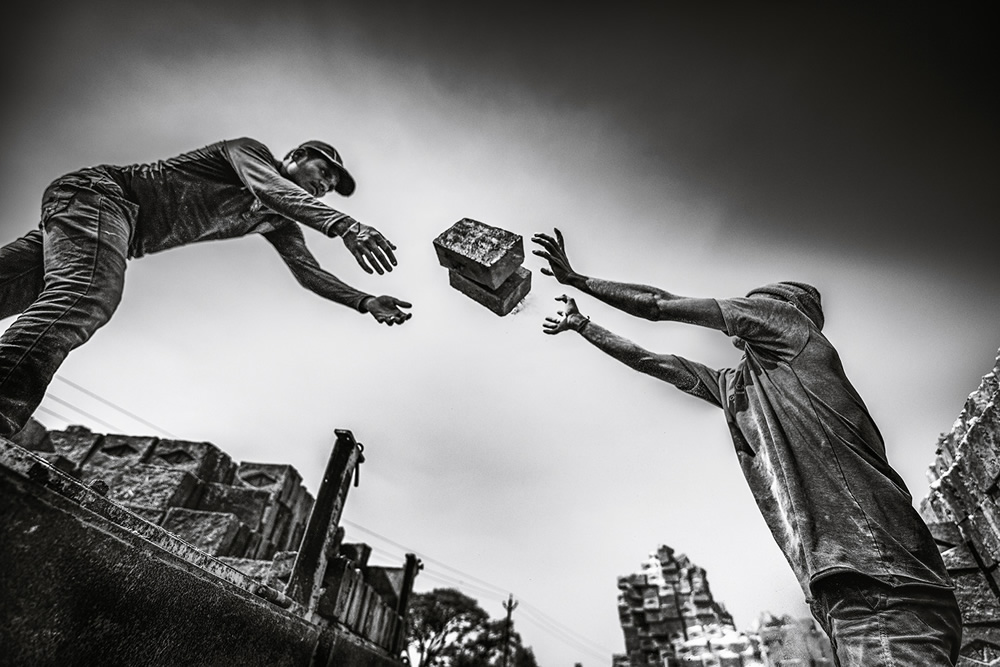
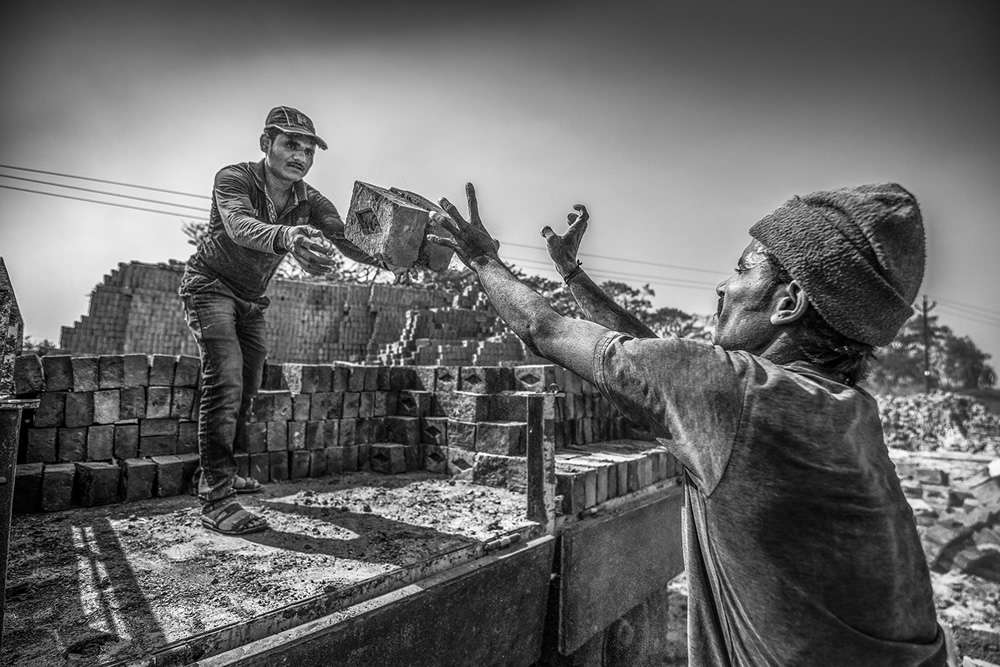
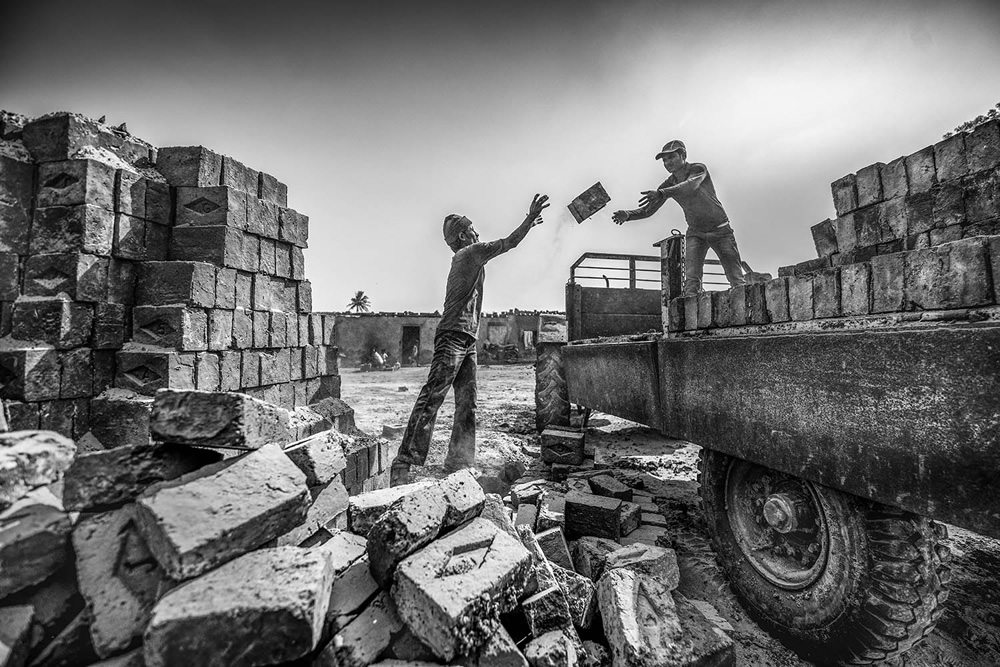
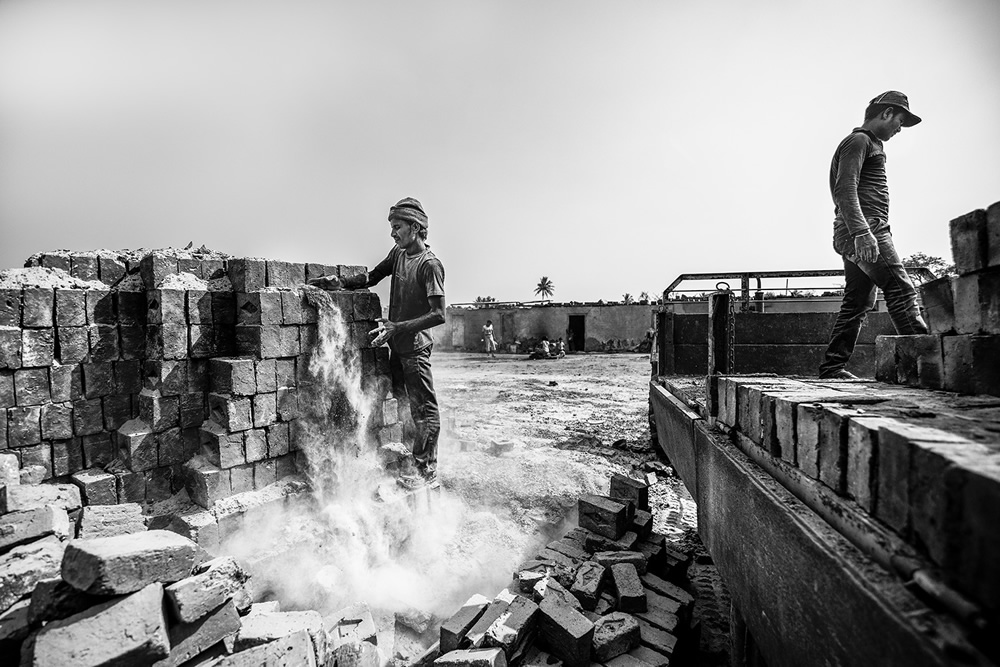

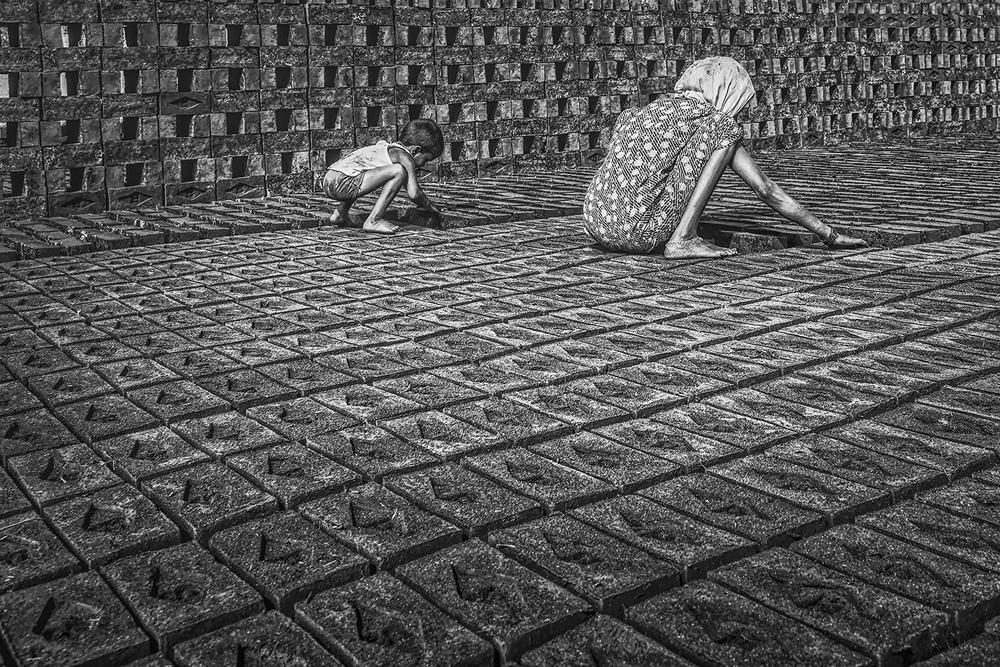
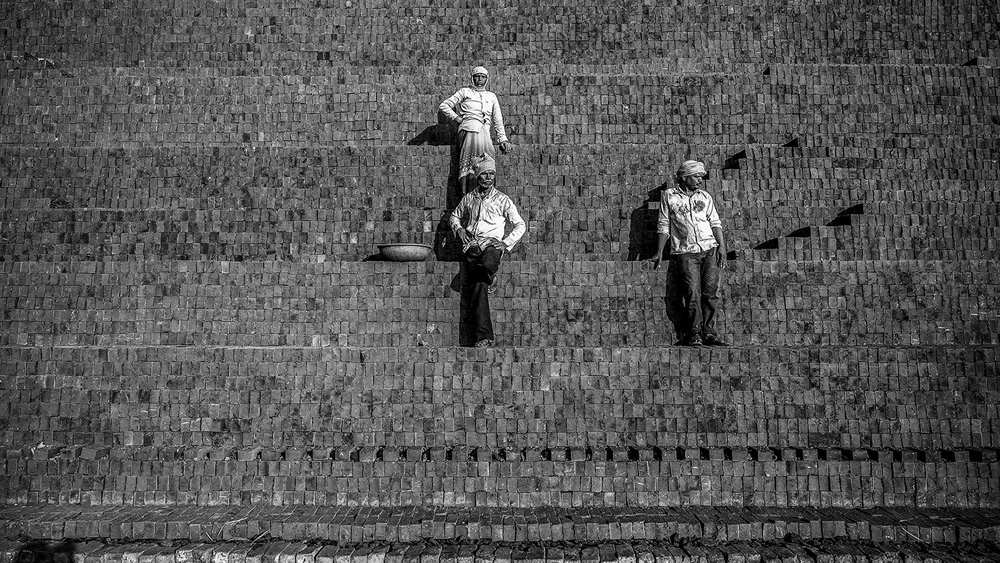
About As Dnyaneshwar Vaidya
Photography has been a hobby for me since 2015. Photography has taught me how to live life. I learned how to scour for new places, meet new people and understand new traditions from various cultures because of it. I learned how to empathize with people’s feelings, may it be happy or sad. I learned how to live my life through others by living for them. I traveled in and around the state of Maharashtra and explored new places and met and understood people’s lives and also photographed them.
What really fascinated me and also made me feel proud as a human being was that even though there is an advent of the digital age, they haven’t forgotten their cultural roots. When I was in the stages of learning photography, I was blessed with 3 mentors and the effort that they extolled on me for giving me the ability to become who I am today is something that I am eternally grateful for and the debt that I have towards them can never be repaid for this.
I am a part of the Warkari community and hence, I spent my entire childhood under the blessing of this culture which expresses the idea of giving to the people generously. This influence meant that I was never told candidly to help anybody; it came naturally to me. Photography gave me an agency to understand the troubles of people and consider them my own and feel them with the same intensity.
As a photographer, I have never forgotten my boundaries or hurt anyone’s sentiments in order to get a shot. I have always followed a code of conduct where I don’t commit any action which will hurt someone’s feelings in order to get a good photo; in that case, I promptly let go of that opportunity. I feel like this quality of mine allowed me to be the first person in Western Maharashtra to ever receive 2 national and 2 international degrees as of today. My father, in his bout of happiness, felicitated me with a garland when he read this news in the newspaper. It was a very special and proud moment for both me and my family. As my work in photography gained traction, I started seeing my photos gain respect in various countries and one day, National Geographic Magazine
published one of my photos from Pattankodoli in their issue. Till today, 15 of my photos have been published on their website and 60+ photos have been added to their favorites.
My photos have been exhibited in 36 countries as of now. My passion as a photographer also taught me to be sensitive to nature and I started exploring nature through jungles. I have also taken an initiative in increasing awareness about deforestation, man-made fires, hunting animals, etc and how they are harmful to our environment. My main subjects for photography are street and cultural photography, and I have met some amazing people because of this passion.
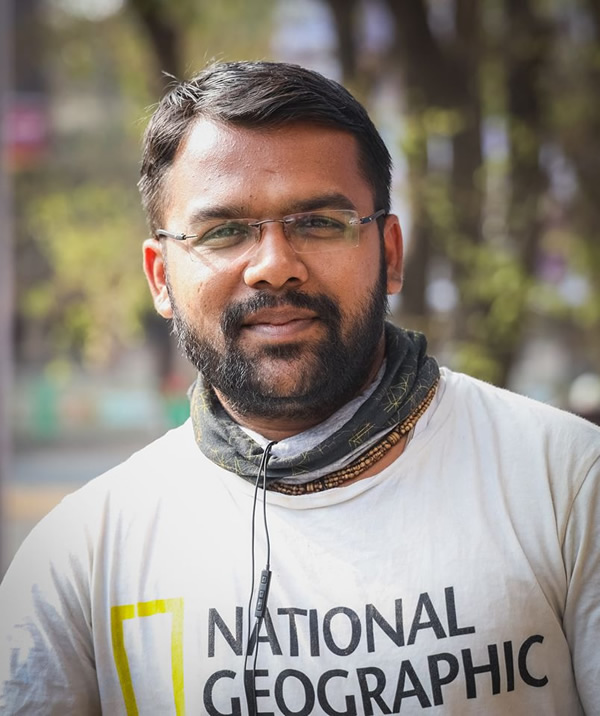
You can find As Dnyaneshwar Vaidya on the Web:
Copyrights:
All the pictures in this post are copyrighted As Dnyaneshwar Vaidya. Their reproduction, even in part, is forbidden without the explicit approval of the rightful owners.

